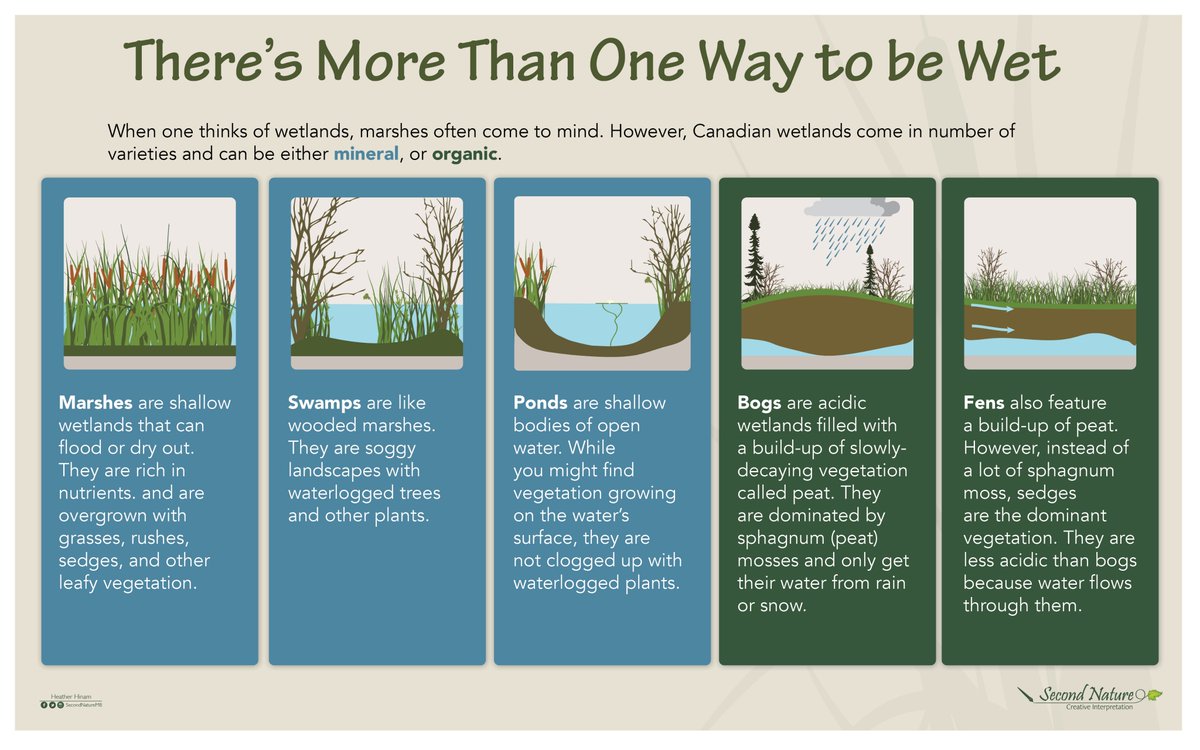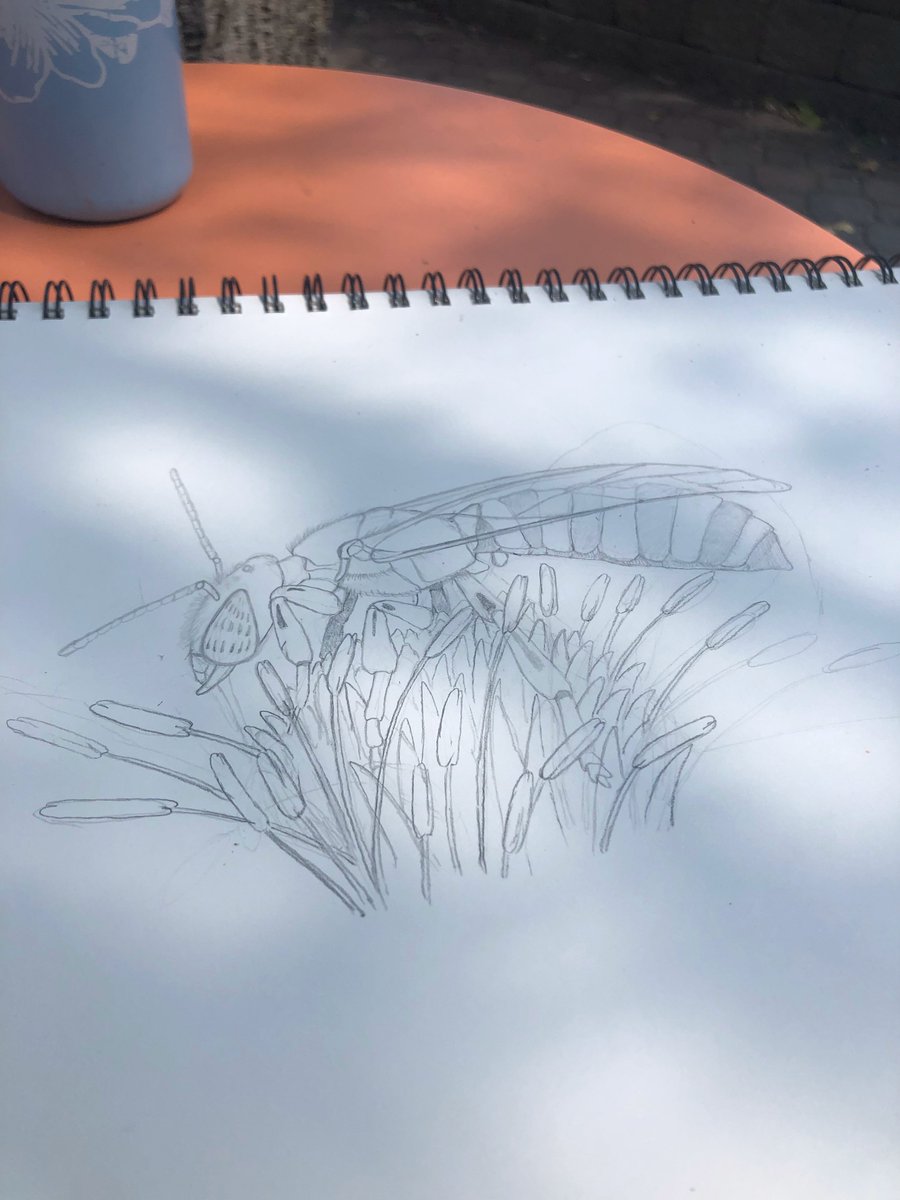
Happy #SuperbOwl Sunday! I spent a decade studying #owls for my masters and Ph.D. In that time, I've accumulated a lot of interesting facts about our favourite feathered friends. I thought I might take this opportunity to share some. 🧵1/ *all images mine unless otherwise noted. 





There are 243 species in the order Strigiformes (owls and barn-owls) divided into 2 families. Here in Manitoba, we have ten species (all in family Strigidae), though burrowing owls are starting to get a foothold again (which is mess up my poster 😉) 2/ #SuperbOwl 

The great gray owl (Strix nebulosa) is the largest owl in North America by size. They have a wingspan of about five feet, but they're not the heaviest (they only weigh about 1 kg - 2.2 lbs). Snowy owls can weigh up to 4 lbs. In most species females are larger. #SuperbOwl 3/ 



Here in North America, most owls hunt at night, or are crepuscular (hunting at dawn and dusk). Snowy owls and northern hawk-owls are exceptions. Other species, like great grays, become more active during the day in the winter. 4/ #SuperbOwl 





Owls have very large tube-shaped eyes to allow for large corneas to let light in. If we had similar-sized eyes, they would be the size of dinner plates. Their retinas have way more rods than cones, so they have excellent night vision at the expense of colour vision. #SuperbOwl 5/ 



These eyes, like those of all birds, are fixed in their sockets. They can't move them from side-to-side like we can, so instead they turn their heads. They can rotate their heads 270 degrees to look right over their back. #SuperbOwl 5/ 

Many owls also use sound to locate prey and have asymmetrical ear openings. Sound hits each ear at a slightly different time. Their brain can process differences of 1/10,000th of a second an use it to pinpoint prey in the dark or under snow. #SuperbOwl 6/ 

The ears are helped by large discs of stiff feathers that can take up much of the face. This works like cupping your hands behind your ears, funneling sound into the openings. Great gray owls can hear prey under a foot of snow! 7/ #SuperbOwl 

Because sound is so important to both them and their prey, owls are silent fliers. This is thanks to tiny serrations on the leading edge of their wing feathers that break up the air into tiny eddies, muffling the sound. 8/ #SuperbOwl 



Owls have sharp talons and zygodactyl feet - two toes in front and two in back. However, they can swing one back toe forward, if-needed. Great grays have long legs and can punch through snow crusts strong enough to hold up an adult man! #SuperbOwl 9/ 





Owls don't built their own nest. Large owls, like great grays, great horneds, and long-eared lay their eggs in abandoned stick nests, but will also use platforms, and like this one great-horned, a duck tunnel! 10/ #SuperbOwl 





Smaller owls, like screech-owls, northern saw-whet, boreal owls, and the larger barred owl, nest in tree cavities, but will also happily take nest boxes. It's this use of nest boxes that made my research on saw-whet owls possible. 11/ #SuperbOwl 







Depending on the species, owls can lay between 2 and 8 or 9 eggs. The average for the saw-whets I worked with was 5-6. They lay one egg every 2 days and start incubating after the second one. 12/ #SuperbOwl 

You end up with young of different ages in the same nest. The oldest can be 2 weeks older than the youngest and at different developmental stages. It's insurance: in good years all will make it. In bad, the youngest will die, but they don't lose the whole brood. #SuperbOwl 13/ 





Owls are fascinating birds and a critical part of their ecosystems. The engender a lot of awe and excitement when people are lucky enough to encounter these often elusive birds. 13/14 #SuperbOwl 







They're also sensitive to disturbance like habitat loss and overzealous naturalists/photographers. Many of these images were taken during the course of permitted research and all with the owl's welfare in mind. Always give them space and let them stay wild. #SuperbOwl 14/14 





• • •
Missing some Tweet in this thread? You can try to
force a refresh



















